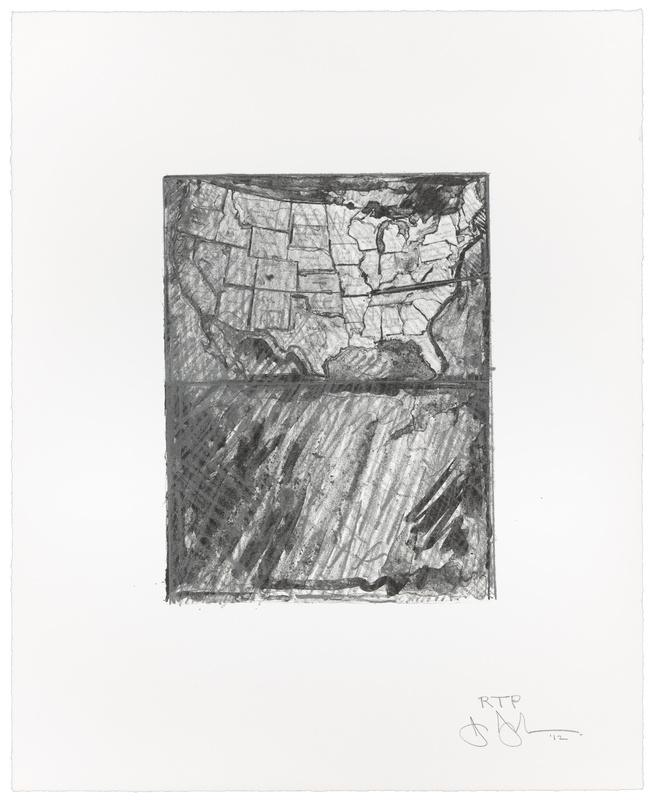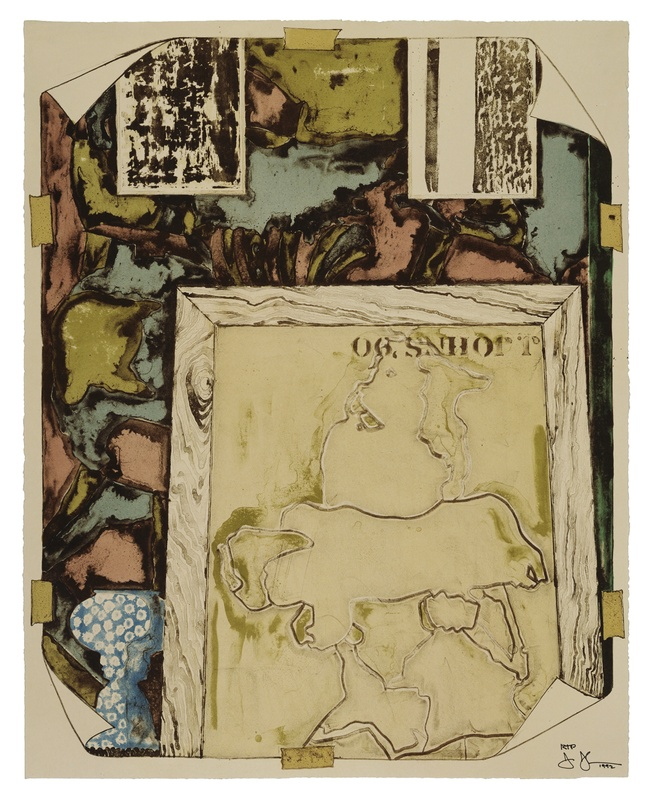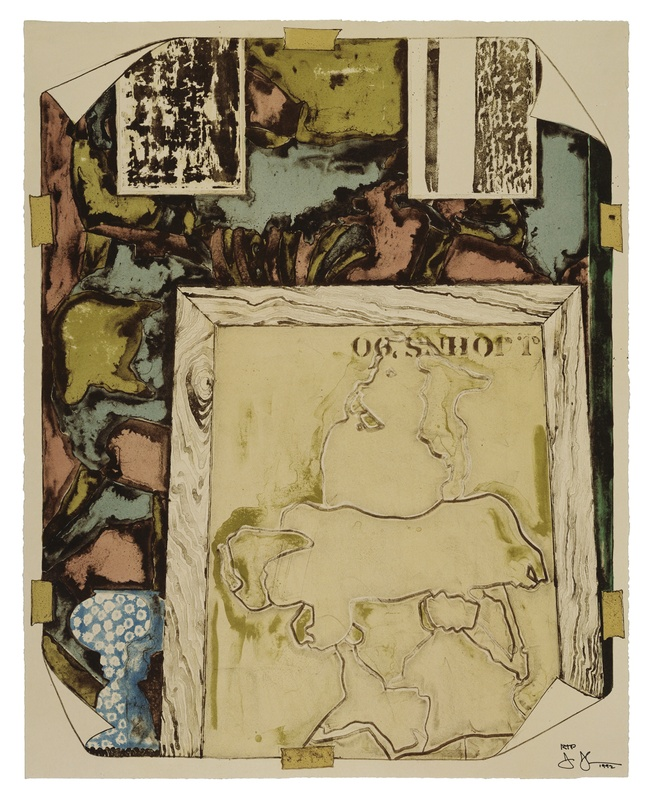Jasper Johns
Jasper Johns, a key figure in modern art with over a 50-year career created art based on his concepts, establishing his unique style. His works were ahead of their time, eventually influencing Pop art and Minimalism. Johns experimented fearlessly across techniques, from encaustic to printmaking, embodying an artist unafraid to innovate.
Biography of Jasper Johns
Jasper Johns, born on May 15, 1930, in Georgia, grew up amid the subtropical beaches and marshy sea islands of South Carolina. His parents divorced when he was very young, and he went to live with his grandfather, experiencing upheaval and feelings of abandonment. After his grandfather's death, Johns briefly lived with his mother's new family before settling with his aunt for most of his high school years. Despite minimal exposure to art during his childhood, Johns harbored a deep conviction that he would become a successful artist. He attended classes at the University of South Carolina for three full semesters before leaving for New York City to pursue his artistic aspirations.
After arriving in New York City, Jasper Johns enrolled as a student at the Parsons School of Design, where he showed significant progress and potential. However, financial constraints forced him to leave his studies, a decision that broke the artist's heart.
In 1951, misfortune struck again when Johns was drafted into the U.S. Army during the Korean War. Luckily, he was stationed far from combat in South Carolina, his childhood home, before being transferred to Sendai, Japan. In Japan, away from the intensity of war, Johns immersed himself in the culture and art of the Far East, finding inspiration and falling in love with the customs and traditions of the country. Initially struggling with the rigors of military life, he soon felt the familiar call of artistic inspiration, which grew stronger during his time in Japan. This period was transformative for Johns, shaping his artistic vision and influencing his future expressions in profound ways.
After leaving the army in 1953, the artist returned to New York City, infused with the inspiration he gained from Japanese traditional art. Upon his return, he befriended fellow artist Robert Rauschenberg, and together they began designing windows for various clients, including Tiffany's. The duo expanded their circle with composer John Cage and choreographer Merce Cunningham, strengthening their artistic alliance.
In 1954, Johns had a significant dream that inspired his iconic work, "The Flag," painted using the ancient encaustic technique involving pigments mixed with melted wax. This painting marked a creative rebirth for Johns, leading him to destroy his previous works, explaining, "All of the previous pieces were done with the spirit that I wanted to be an artist, not that I was an artist." His reputation grew rapidly, catching the attention of art dealer Leo Castelli.
Castelli discovered Johns's paintings at Rauschenberg's home and was impressed by their originality. Despite Johns's initial inclination to burn his work, Castelli recognized his talent and began to follow and promote his newer pieces. Subsequently, Castelli invited him to hold a solo exhibition at his gallery in 1958, which was a resounding success. The director of the Museum of Modern Art even purchased three of Johns's paintings, propelling him into the spotlight as a rising star of the art world.
Despite facing criticism, Johns navigated these challenges adeptly, often turning circumstances to his advantage. He also collaborated with influential figures in the art world, such as Andy Warhol and Samuel Beckett. However, his friendship with Robert Rauschenberg abruptly ended in 1961, with the specific reasons remaining unknown.
A popular and influential figure, Johns received numerous accolades throughout his career. One of his most prestigious awards was the Grand Prize at the Venice Biennale in 1988, recognizing his significant contributions to the art world.
Jasper Johns' Art Style
"The Flag" was just one example of a ready-made motif that Jasper Johns favored - taking ordinary objects and presenting them in a new context, much like Marcel Duchamp's famous "Fountain." Alongside his transformation of the American flag, Johns explored images of targets, numbers, letters, and maps. This marked a moment of remarkable originality, as the art scene at the time had nothing quite like Johns and his concepts. Looking back, it seems the artist disrupted the dominance of Abstract Expressionism, paving the way for new movements such as Pop Art and Minimalism.
In an unexpected shift during the 1970s, Johns delved into full abstraction, incorporating cross-hatched patterns into numerous works. By the decade's end, he balanced abstraction and figuration, as seen in pieces like "Cicada," which featured a blend of cross-hatching and the insect motif. As he aged, Johns began subtly infusing autobiographical elements into his compositions, reflecting on his journey and demonstrating an intriguing self-awareness within his art.
Throughout his career, Jasper Johns remained steadfast in one particular principle: he never aimed to convey a specific message through his art. Instead, he preferred the idea that the audience should interpret his work, leading to personal meanings and messages. This approach, though common now, was truly original in the 1970s. In addition to painting and partial ready-mades, Johns explored sculpture, drawing, and printmaking. Regardless of the medium, he emphasized the process of creation, considering it the true art rather than the final result.
Years:
Born in 1930
Country:
United States of America, Augusta, Georgia
Gallery:
Galerie Thomas
ACQUAVELLA
Gemini G.E.L.
Fergus McCaffrey
Matthew Marks Gallery
Gagosian
Peter Freeman, Inc.


